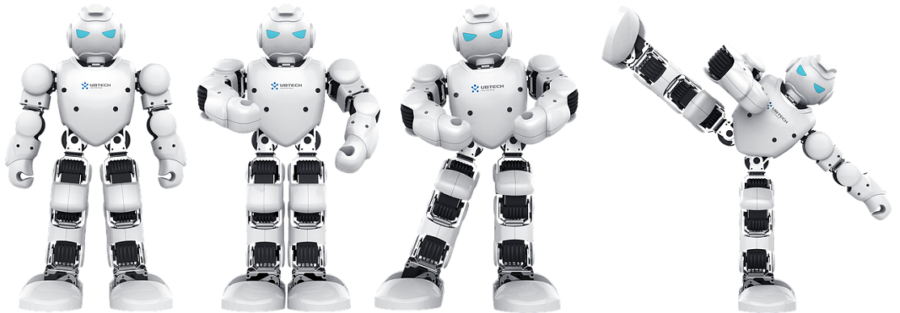Robotic Process Automation (RPA) is a sought after technology for today’s CXOs. Every leader in their organization know that if they do not adopt automation and move towards self sufficiency they are bound to be left behind. Automating business processes using software robots has proven worthwhile in terms of FTE savings and efficiency improvements. Business process have been productive manifold by putting software robots into work. RPA along with Artificial Intelligence (AI) can automate and take smart decisions while performing various complex and simple business processes.
One of the use cases of RPA that has taken lead recently is automating manual software test cases using RPA bots. The Quality Assurance (QA) test case automation has been an area where there is a bifurcation of black box and white box test case scenarios. Black box testing has always been done with a view that those test cases cannot be automated and will need a human being to test for sure. White box test cases have been created by keeping in mind the automation tools capabilities. The automation tools out there are cumbersome to use, develop and manage and require employees that have specific experience in those particular tools. Moreover, the capabilities of the present day automation tools are limited and take a lot out of the developer to create intelligent automation testing.

Big complex SAAS products have a huge set of test suites to be run manually before they release a deployment to the customer. Sometimes running test cases on a single deployment may take hundreds of hours and still the outcomes are very slow and unreliable. Although there are tools to design and automate a few test cases, but mimicking a human tester has never been the aim of the test automation tools out there. RPA has changed the game of testing software altogether. A desktop, cloud or a SAAS based offering can be automated for testing various real world scenarios. An RPA bot can be configured in a way to mimic a human tester and provide results in a formatted report as desired. The beauty of RPA tools lies in their ability to interact with various software at once. Be it a desktop application or a web application, a fat client or a thin client, RPA can help automate the testing scenarios pretty reliably and quickly.
RPA tools are easy to use and process automation can be done pretty quickly unlike the traditional test automation tools. I have met delivery directors struggling to get their product deployments to roll out to the customers due to delays in manual testing. Hundreds of hours are used to run the same test case scenarios for a new deployment to be sure nothing has been broken. The managers keep on monitoring the TestRail Test Runs and see the test case executions progressing at a snail’s pace. Increasing testing productivity is the main aim of using test management software like TestRail but there is a limit to running the test cases manually. For a medium to large scale product the test cases to be run range from a few hundred to even thousands. RPA here comes to the rescue of the delivery heads who are always striving to get their products out to production.
With RPA manual testing can be mimicked and test results can be obtained in a record time. When you say Robotic Process Automation, the process here that is being automated is the manual testing that took days and days to complete for a large and complex product offering. RPA can also integrate with disparate applications to log the test results. For instance testing a product suite happens by executing Test Runs in TestRail and the progress is recorded manually to be watched by the managers. RPA can easily integrate and log the testing progress in TestRail while executing all the test case automations. RPA bots can also log the test results in the test cases in the TestRail as a manual tester would do.
Since TestRail helps structure the test cases, RPA benefits from it as it is easier for the RPA developers to develop the bots from those test case definitions. Since manual test cases are defined and are run inefficiently some of the times, it is beneficial to automate these test cases to improve efficiency and productivity. Saving time on a complex software suite testing is what RPA can help in. Reliable solutions like RPA can help improve product quality and confidence in the deployment.
All in all RPA is an alternative to conventional automation test tools. Not only automation testing but manual testing that is repetitive can be automated using RPA bots. A clever design of the RPA test suite can lead to having released more confident products to the customers.


 April 15, 2024
April 15, 2024
